Language
WORLDWIDE SHIPPING
Tantō Knife KAI Shun Premier Tim Mälzer TDM-1785 The Legend – Limited Edition 15th Anniversary + MAGNETIC PROTECTION
€318.00
€260.66
Availability:
In stock
Celebrate 15 years of excellence with the commemorative knife KAI Shun Premier Tim Mälzer Tantō TDM-1785 The Legend, a limited edition of only 6,666 pieces worldwide, already awarded the prestigious German Design Award 2025.
Inspired by the traditional Japanese tantō (短刀), this bold knife blends tradition and innovation:
25.5 cm VG-MAX steel blade, clad in 32 layers of Damascus, for clean and precise cuts.
Tsuchime hammered finish, reducing friction and making food release easier.
Exclusive “15 The Legend” logo and Tim Mälzer signature engraved on the blade, with a unique serial number on the bolster.
Comes with a magnetic blade guard, for safe storage.
Perfect for slicing large vegetables, trimming meat, or filleting fish, this knife also stands out for its matte brown pakkawood handle – durable, waterproof, and suitable for both left- and right-handed users. The full tang ensures balance and stability, while the bull’s head logo engraved on the end cap celebrates Tim Mälzer’s signature.
A true collector’s item, handcrafted to combine professional performance and exclusive value.
STAY RARE – 15 years of Shun Premier Tim Mälzer.
Blade length: 25.5 cm
Edge: Symmetrical
Handle length: 12 cm
Handle material: Medium brown pakkawood
Weight: 220 g
FAQs

 IT
IT FR
FR
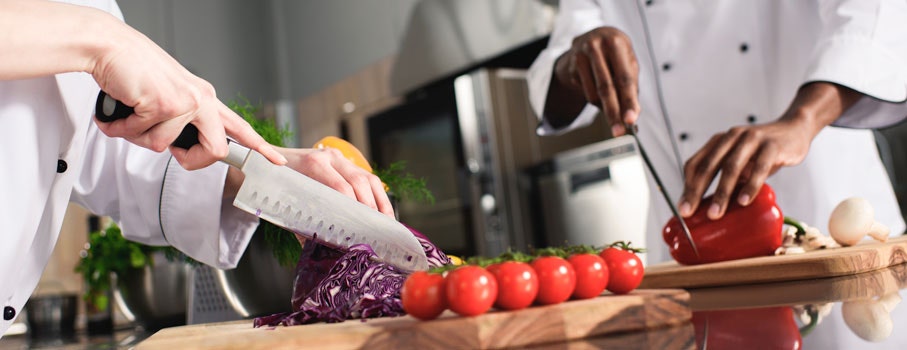
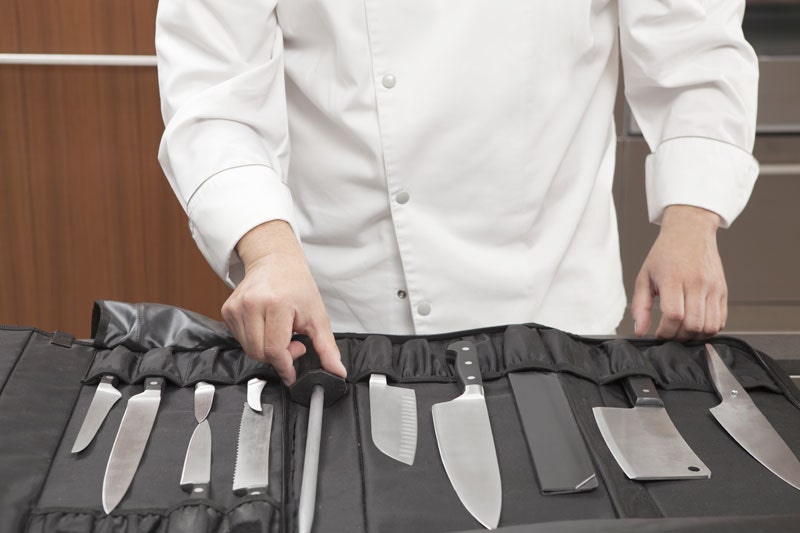
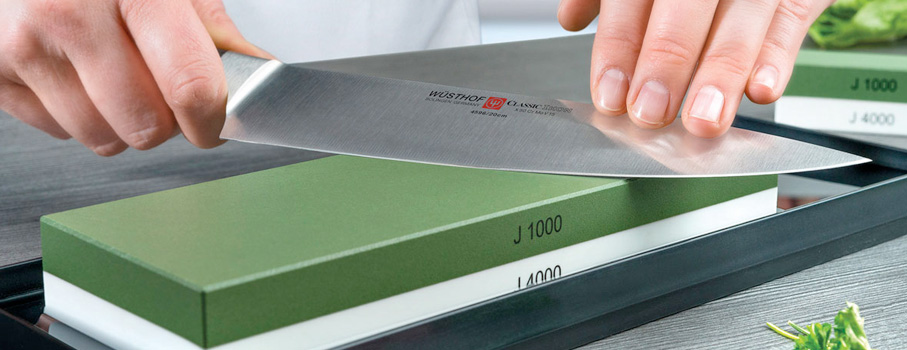
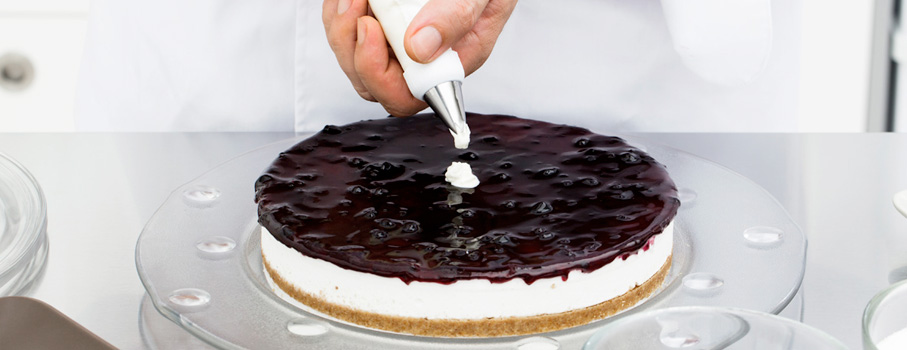

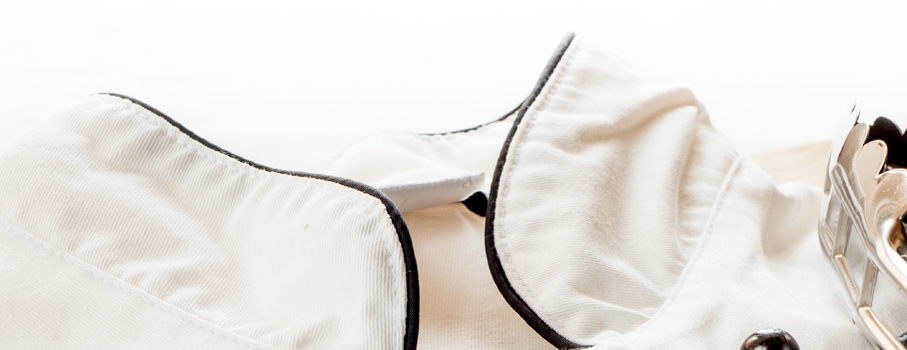
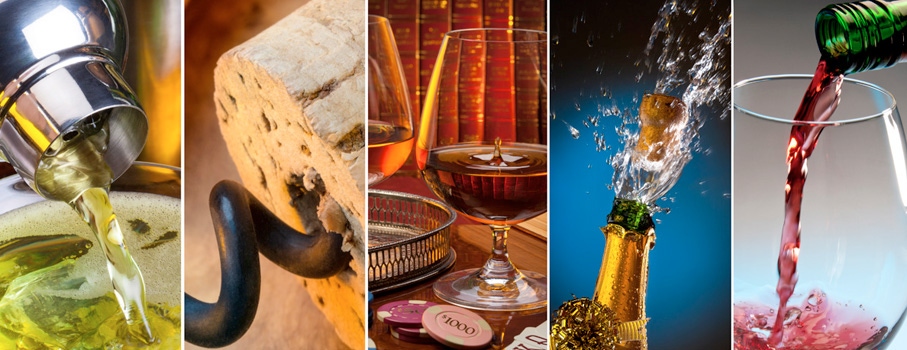
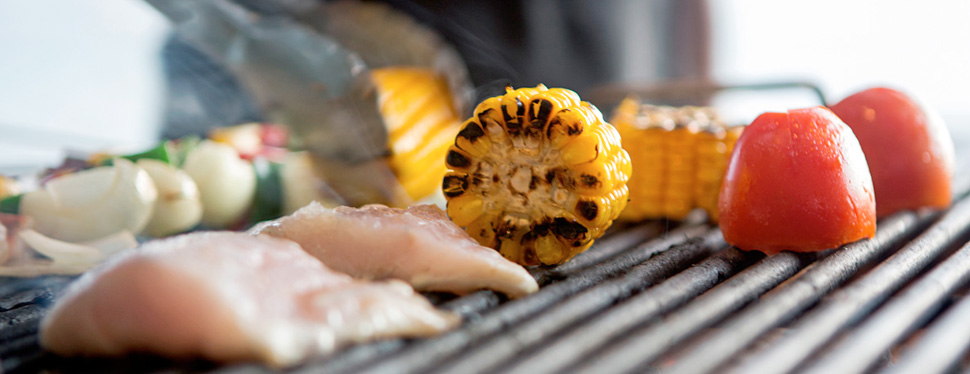

 IT
IT FR
FR
